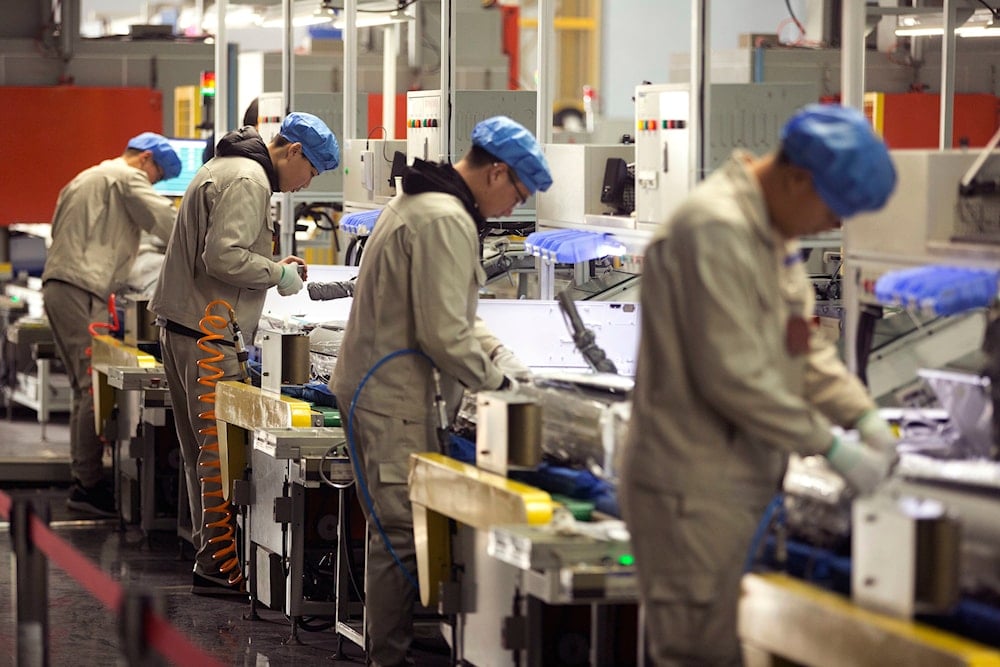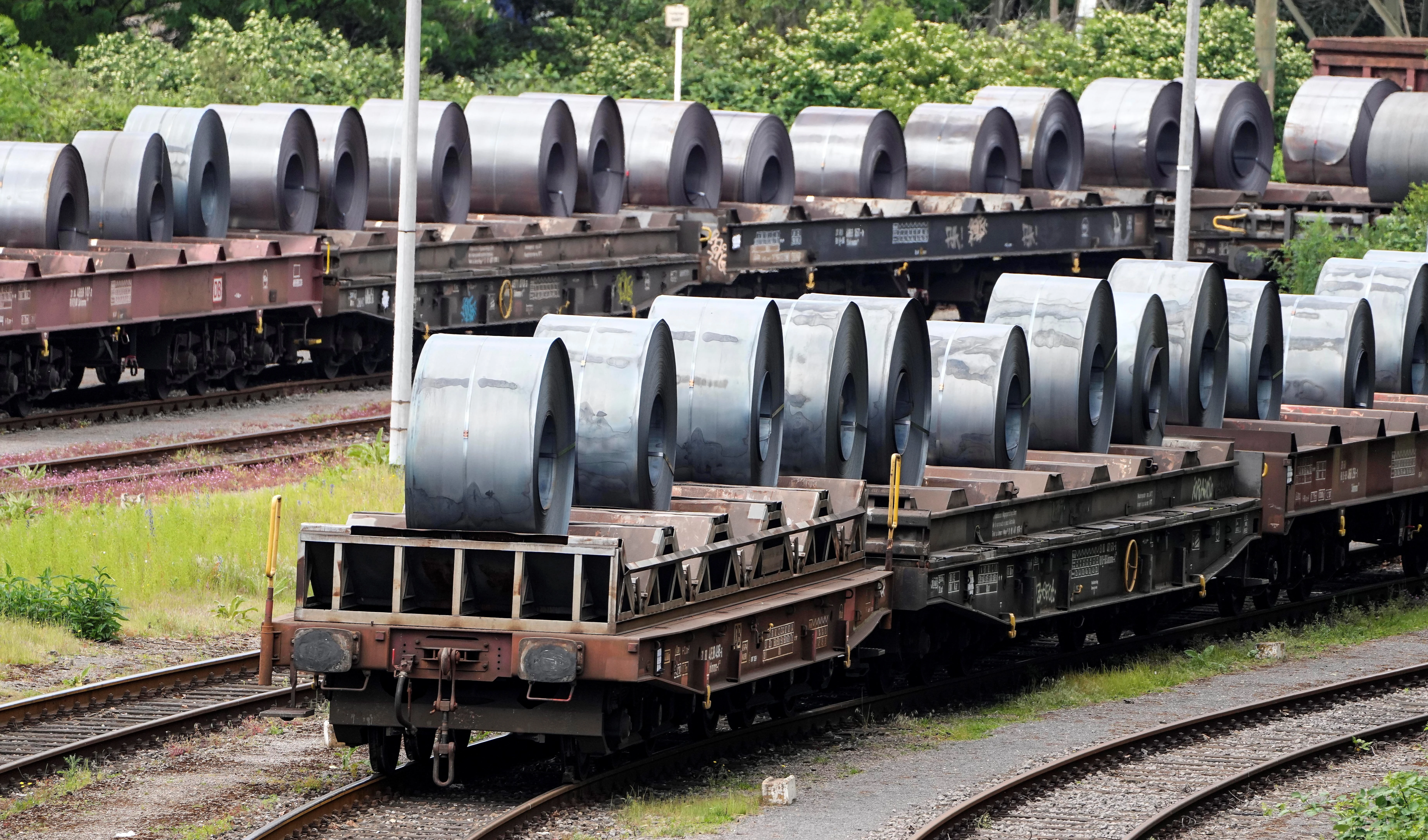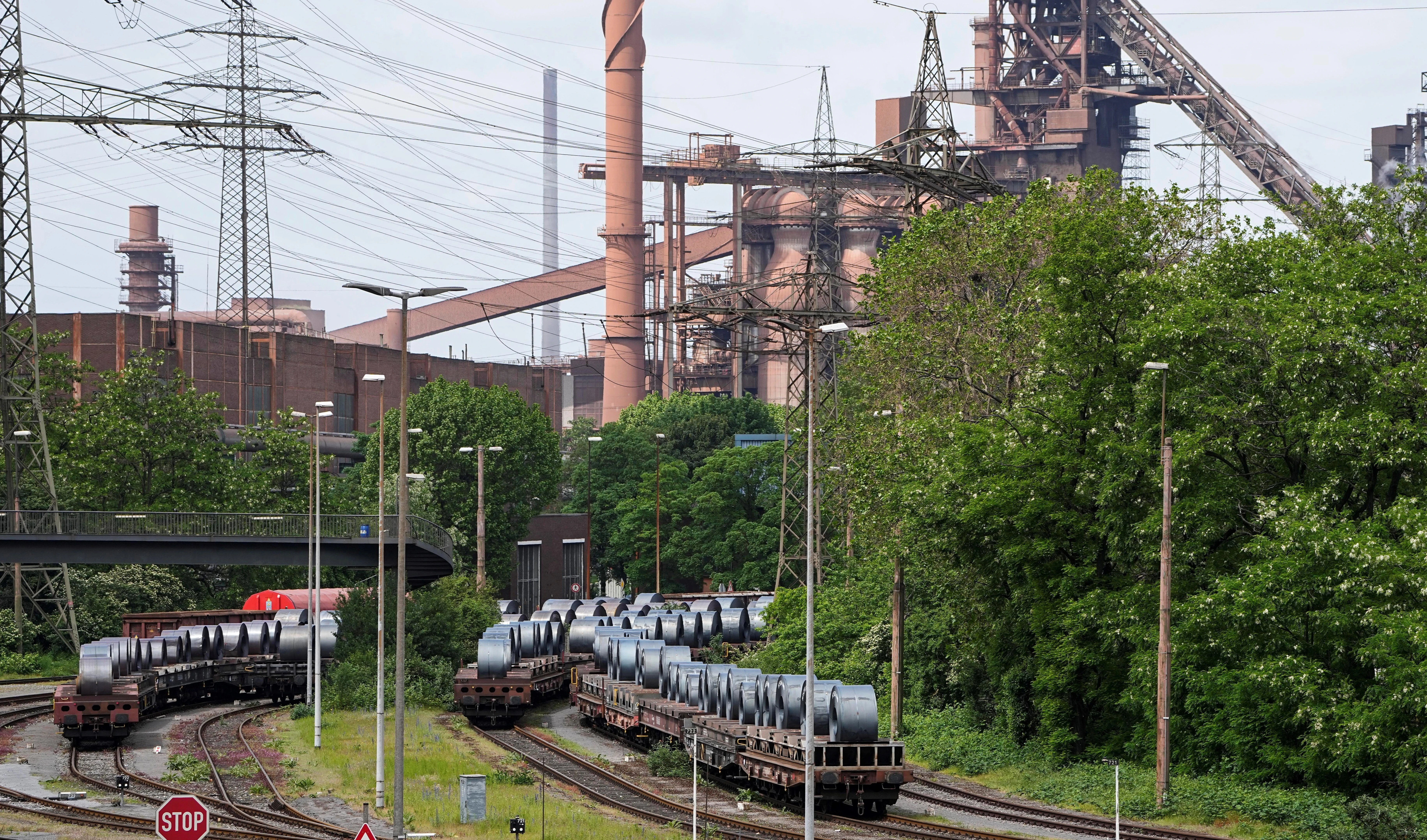China’s industrial profits surge as Beijing tackles on overcapacity
China’s industrial profits surge 21.6% as Beijing tackles inefficient industries and overcapacity, signaling early success in its drive for higher-quality growth.
-

Factory workers assemble the cases of air conditioners on an assembly line at a factory in Jiaozhou, Shandong Province, China, on February 24, 2017. (AP)
China’s industrial profits surged for a second consecutive month in September, marking the strongest pace of growth in nearly two years, as authorities intensified a nationwide campaign to curb excess capacity and restructure unprofitable sectors.
According to data from the National Bureau of Statistics released on Monday, profits rose 21.6% year-on-year in September, following a 20.4% increase in August, signaling tentative momentum in China’s manufacturing recovery.
Overall, industrial profits climbed 3.2% in the first nine months of 2025, compared to a decline during the same period last year.
Chinese private firms lead the rebound
The surge was driven largely by privately owned firms, which posted a 5.1% profit increase between January and September. State-owned enterprises, however, reported a modest 0.3% decline, reflecting the uneven impact of the recovery across China’s industrial landscape.
Analysts attribute the upturn to improved capacity utilization, stronger export demand for select sectors, and a “low base” effect from last year’s depressed figures. A recovery in high-tech manufacturing, energy equipment, and electric vehicle components also contributed to the profit surge.
Yu Weining, a NBS statistician, revealed that the high-tech and equipment manufacturing sectors had boosted the headline year-to-date figure.
"We expect industrial profit growth to decline in October as favorable base effects fade away," Nomura economists said in a note to clients, according to Reuters.
Read more: China’s copper juggernaut to slow after completion of major projects
Overcapacity crackdown intensifies
The sharp profit rise comes amid an intensified government campaign to tackle industrial overcapacity, a longstanding structural challenge that has generated inefficiencies, deflationary price pressures, and redundant production.
Since July 2025, Chinese authorities have implemented a coordinated set of measures across key sectors, including steel, cement, and electric vehicles, combining regulatory controls, capacity reduction mandates, and stricter oversight of market behavior.
In steel, new capacity swap plans require decommissioning of old plants for every new ton produced, while in cement, energy efficiency targets and production limits aim to curb waste and environmental strain. In the EV sector, regulators have cracked down on aggressive price-cutting and excessive output, with directives emphasizing market discipline and the elimination of unprofitable operators.
Analysts suggest that the surge in industrial profits may be linked to the government’s overcapacity measures, as smaller and loss-making firms exit the market, allowing more efficient enterprises to operate at higher margins, though other factors, such as sector-specific demand and base effects, may have also played a role.
Read more: China set to delay rare earths restrictions 1 year: Bessent

 3 Min Read
3 Min Read










